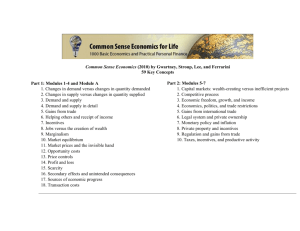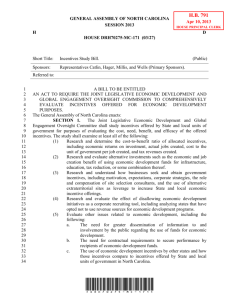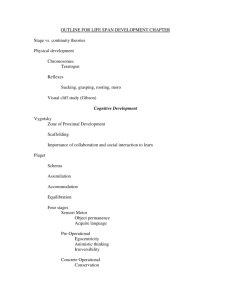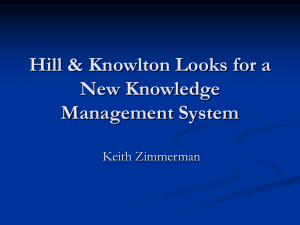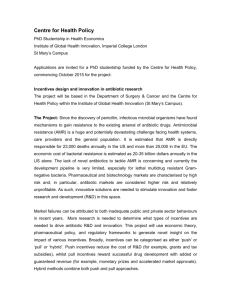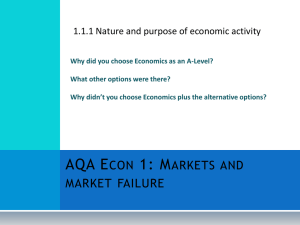Slides from the presentation
advertisement
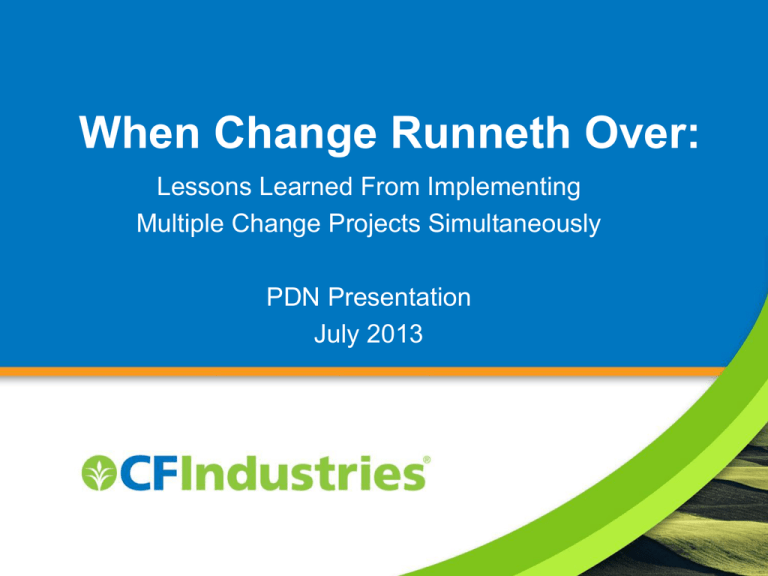
When Change Runneth Over: Lessons Learned From Implementing Multiple Change Projects Simultaneously PDN Presentation July 2013 Change Network A Change Network was established consisting of Power Users, members of the Project Teams and CF Senior Leadership • Power Users – Key Elements for Success – Regularly scheduled meetings and web conferences to communicate information and receive feedback from sites and process areas. – In-depth training and participation in testing to learn new systems. – Developmental plans and stretch assignments designed to increase level of competency and foster professional development. – Conducted End User training creating in-house capacity at each facility. – Initial point of contact for End User support during and post Go Live. 2 Change Management Lead Role • • • • CM Lead 3 Chief champion of change Project leadership Connect the dots Maintain visibility into each project • Identify/mitigate the impact of change on people • Ensure standard methodology is followed • Ensure methodology is applied appropriate to culture Lessons Learned….. • • • • • • • • • The volume of change undertaken simultaneously must be carefully weighed beforehand Be involved from the start – it is much harder to catch up Ensuring consultant “fit” is a key driver of success Having employees as members of the change management team is critical Securing external, expert resources is a worthwhile investment (e.g. ROC Group for communications support) Integrated change delivery services are key to overall success Change management’s work doesn’t end at go-live Flexibility, adaptability and persistence support project progress and personal sanity Commitment to collaboration must be a guiding principle 4 Key Components of Success Project Management Leadership Power User Network Strategic Engagement of Change Management Collaboration/ Coordination Across Projects Fluid Communications Strategy Employee Engagement Activities Structured Training Methodology & Materials Development 5 Change Gaps Vision Skills Incentives Resources Action Plan Successful Change Skills Incentives Resources Action Plan Confusion Incentives Resources Action Plan Anxiety Resources Action Plan Gradual Change Action Plan Frustration Vision Vision Skills Vision Skills Incentives Vision Skills Incentives Adapted from Managing Complex Change model by Ambrose, 1987 6 Resources False Starts The Inevitable “Valley of Despair” Performance View Change as a process, not an event With Change Management maximum performance increase can be achieved Without Change Management predictable outcome cannot be achieved Program Lifecycle “Valley of Despair” Time This “Valley of Despair” is normal and should be expected. With a strong Change Network, this valley can be minimized and post Go-Live performance can be achieved. 7 The Three Key Pillars of Successful Change Management • The objective of Change Management is to achieve successful implementation and acceptance of changes through: Training & Performance Support Organizational Alignment Communications & Sponsorship Change Readiness & Acceptance 8



